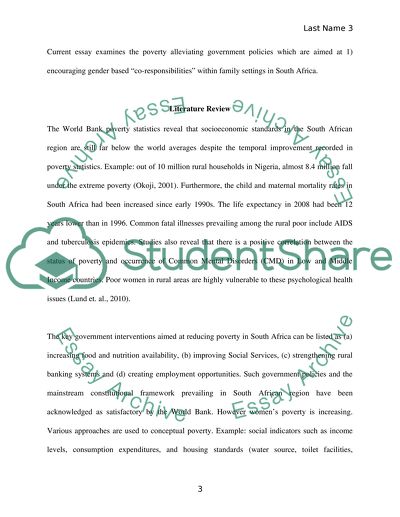Cite this document
(“Income Inequality Essay Example | Topics and Well Written Essays - 1500 words”, n.d.)
Income Inequality Essay Example | Topics and Well Written Essays - 1500 words. Retrieved from https://studentshare.org/sociology/1489761-income-inequality
Income Inequality Essay Example | Topics and Well Written Essays - 1500 words. Retrieved from https://studentshare.org/sociology/1489761-income-inequality
(Income Inequality Essay Example | Topics and Well Written Essays - 1500 Words)
Income Inequality Essay Example | Topics and Well Written Essays - 1500 Words. https://studentshare.org/sociology/1489761-income-inequality.
Income Inequality Essay Example | Topics and Well Written Essays - 1500 Words. https://studentshare.org/sociology/1489761-income-inequality.
“Income Inequality Essay Example | Topics and Well Written Essays - 1500 Words”, n.d. https://studentshare.org/sociology/1489761-income-inequality.


